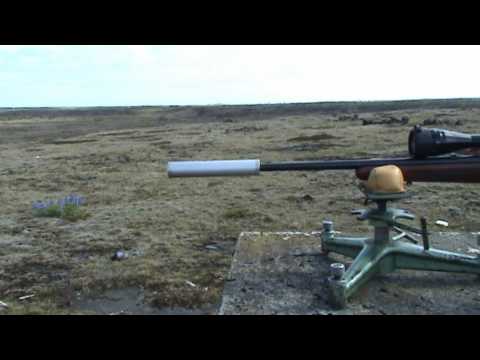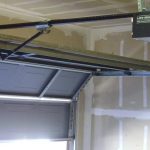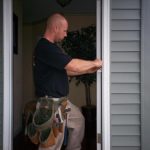The purpose of a silencer isn’t just to mask the sound of a gunshot from an unsuspecting prey, but also to protect the shooter’s ears from the gun’s loud bang. However, just as one needs to have the proper registration and paperwork done in order to own a gun, owning and making a silencer requires the same. Once all the legalities are settled, one has the option of either buying or building a silencer on one’s own.
To start how to build a silencer, take a heat-and-pressure disbursement rod and drill holes on its sides. The diameter of each hole must be more or less that of the bullet used by the gun which the silencer is intended for. Since the bullet will eventually pass through the rod’s center, the diameter of the center should be somewhat wider than the bullet’s. A wooden donut is then glued to each of the rod’s ends; make certain that the hole is totally clear all the way through to the center. The whole rod is then completely wrapped in aluminum screening, and fitted into a rubber cylinder that is longer than the rod by about 1 inch. Should there be some difficulty fitting the rod into the cylinder, a hammer may be used to get it to fit. Afterwards, the rod flush is fitted with the rubber cylinder’s bottom.
A steel washer plug is fitted into the space in the rubber cylinder behind the rod, serving as the seal between the gun silencer and the adapter that will attach it to the gun. The adapter is fitted in the tube, followed by 2 stabilizer donuts. Small holes are then drilled onto the rubber casing’s sides so that the adapter will be secure. 4 short aluminum screws (each measuring a fourth of an inch) are fitted into the holes, applying equal pressure on the adapter from every direction.
The entire span of the rubber tube is hammered into a 6 to 14-inch 300 PSI plastic PVC pipe, which should be approximately 2 times as long as the tube. The adapter should be level with one of the silencer’s ends, with a larger hollow left in the pipe’s other end. The hollow is filled alternately with 10 to 15 rubber washers and 11 to 16 wooden washers. A separator disc is placed after every 4 or 6 washers; 4 discs will be used in all. Each of the washers should fit securely into the PVC, and the diameter of their opening should be somewhat bigger than that of the bullet of the gun. Another steel plug is then fitted into the PVC’s front opening, and the silencer is complete.
A few more reminders regarding how to build a silencer; the silencer’s definitive length and the amount of the washers and separator discs employed should be consistent with the quantity of powder used by the gun. The pipe used by a .22 caliber rifle, for instance, would measure 6 inches and has the least amount of washers. The shells of a higher-caliber gun would have more powder, requiring a larger pipe and an additional number of washers. One should also make sure that the diameter of the silencer’s hole is big enough to ensure that the bullet passes through without hindrance. In addition, as the silencer is used often, the gases passing through it will cause its materials to wear out following several hundred firings (or even fewer, depending on how fast the gun is fired). Professionally-built silencers may tend to last much longer, but they are also prone to the same drawback.



